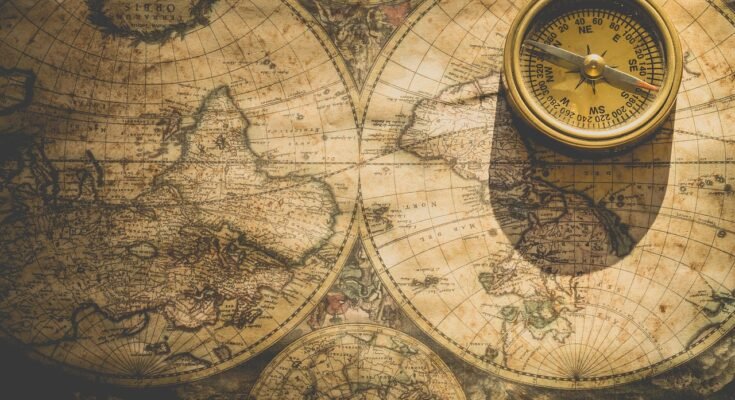North America’s history is a tapestry woven from thousands of years of human development.
Ancient Peoples and Early Civilizations
The story of North America begins with it’s earliest inhabitants. Who are believed to have migrated from Asia across the Bering land bridge during the last Ice age around 15,000 to 21,000 years ago. Over time these Paleo Indian spread across the continents and adapted to various environments, from the article tundra to the deserts of the southwest.
Numerous indigenous cultures flourished long before European contact. In present day Mexico, the maya and Aztecs build sophisticated cities developed mathematics and astronomy and created complex religious and political systems. In what is now the United States,
The Mississippian culture constructed large earthen mounds and organized urban centers such as Cahokia. The ancestral Puebloans built intricate stone dwelling in the cliffs of the America southwest, indigenous people across Canada and Alasca such as the Inuit and first nations, developed culture rooted in the Land and Seasons.
These Civilization had well established trade networks, agriculture languages, and spiritual traditions. Their histories passed down through generations form the foundation of north America’s cultural heritage
European Exploration and Colonization
In the late 15th early 16th centuries European powers turned their eyes to the new world,
Christopher Columbus voyages beginning in 1492 opened the Caribbean and the American to European exploration Spain France and England were the major colonial powers in north America.
Spain conquered and colonized much of Mexico and the American southwest, bringing Catholics European agriculture and diseases that devastated indigenous populations. France established settlements in Canada and along the Mississippi river, engaging in fur trade and relatively cooperative relationships with native tribes. English focused on establishing permanent colonies along The Atlantic coast such as Jamestown 1606 and Play mouth 1619.
Colonization reshaped the continent. Native people were displaced, enslaved, or killed through conflict disease, despite resistance many tribes were bushed from their homelands, The introduction of African slaves by European powers created a new and brutal system of forced labor, particularly in the southern united states and the Caribbean.
Revolutions and the Birth of Nations
By the 18the century, dissatisfaction with European rule sparked revolutionary movements. The American colonies declared independence from Britain in 1776, launching the revolutionary war. The United States emerged as the first independent nation in North America grounded in Enlightenment ideals of liberty and democracy.
Mexico fought a long struggle for independence from Spain finally achieving free down in 1821. Canada followed a more gradual path, moving from British colony to self governing dominion in 1867 and achieving full independence with the constitution Act of 1982.
These new nations faced challenges, including territorial disputed, civil wars, and debates over human right. In the United States the civil war 1861-1865 resulted in the abolition of slavery but left deep social divisions
Industrialization and modernization
The 19th and early 20th centuries brought industrial growth, immigration and urbanization. Railroads, factories and new technologies transformed economies. millions of immigrants arrived from European and Asia seeking opportunities and contributing to cultural diversity Canada expanded westward through treaties and settlement. The United States adopted the ideology of manifest Desting, expanding it’s territory coast to coast. Mexico underwent social and political upheaval, including the Mexican revolution 1910 – 1920Which reshaped land ownership and governance
The World Wars and Beyond
In the 20th century north America played major roles in both world wars. The United States and Canada emerged from world war as influential global powers.
The cold war era saw the United States opposing soviet communism, while Canada acted as a peacekeeping force.
In 1994 the north America free trade agreement Nafta united the United States Canada and Mexico in economic partnership. Meanwhile, social movements such as civil rights, feminism, and indigenous activism fought for equality and justice across the continent.
Conclusion
The history of north America is one of transformation market by migration conflict innovation and resilience from the ancient traditions of indigenous peoples to the rise of modern democracies the continent continues to evolve, understanding it’s past is essential to shaping it’s future



ok